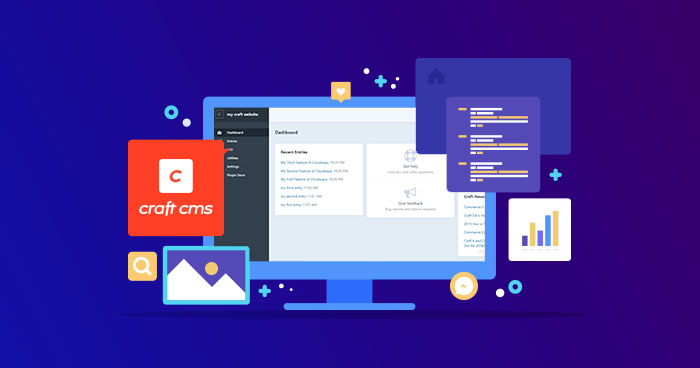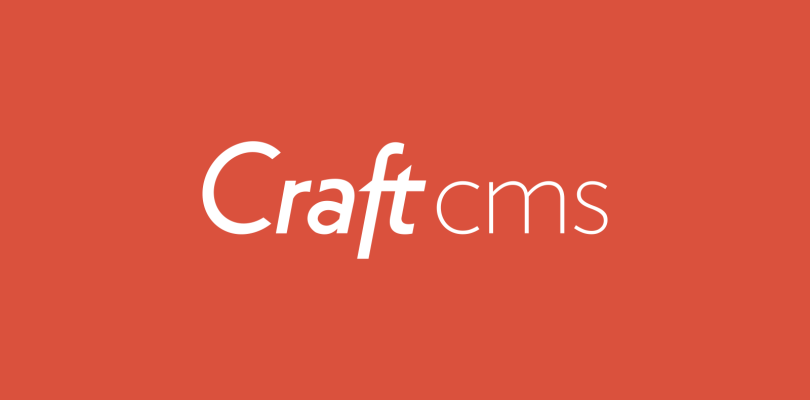Currently, more than 150 content management systems or CMS (Content Management System, for its acronym in English) are available to entrepreneurs and companies of all sizes. Each of these alternatives has its characteristics, benefits, and advantages.
Historically systems like WordPress have been the market share leaders for several users and managed websites. However, new options have been emerging over the years that are spreading among agencies and companies. One of the most prominent alternatives is Craft CMS.
What is CraftCMS?
Craft CMS, a creation of the Pixel & Tonic development company, had its first version in 2012. The figures show that more than 75,000 websites currently use Craft to manage their web content. Craft companies include Hootsuite, Moz, Ted, Ikea, Associated Press, Nascar, and Netflix.
Proof of his great work is the multiple awards he has received, among which the award for the best CMS for developers given by CMSCritics in 2015 stands out.
Features and benefits of Craft CMS
Beyond the popularity achieved and the recognition obtained, it is worth mentioning what characterizes this CMS, its benefits, and why it could be an excellent alternative for content managers and developers in the business environment.
Between the simple and the complex
Craft CMS is appropriate for designing highly complex sites that rely heavily on PHP, database, and query optimizations. However, it can also be used to build places where none of these elements are necessary.
Unlike other management systems, with Craft CMS, it is possible to create the structure, the fields, and the forms without touching the code. Even the central panel allows the administration of multiple sites without using plugins.
This cm provides a complete experience that guides beginners from scratch but does not limit the experience of those with more advanced development knowledge.
Plugins and template engine in Craft CMS
Craft CMS leverages Twig, a modern PHP code template engine noted for its simplicity and security. However, the template system is not the only way to extract content. In the Craft 3.3 version, Headless Mode and GraphQL were included to use or Gridsome to create static items.
Furthermore, it is built on top of Yii, a renowned PHP framework. Thanks to this, the functionalities can be extended by creating modules and plugins that can be written in themselves and in the Craft API, whose writing is covered by the official documentation. If the intention is not to write in PHP, this CMS has a wide variety of plugins in its official store.
plugin
Author experience in Craft CMS
In terms of author experience, the Craft CMS concept is built on two instances: fields and sections. In this way, content administrators can create posts easily and intuitively.
tickets
Craft CMS provides content version control functionality. Thus, all content is controlled so that authors can track changes and return to previous versions to use as the current version when necessary.

versions
Craft CMS features multi-site to host multiple websites in one installation. Furthermore, it is possible to define one or more sites on different domains using different templates and content versions. The multi-site function is manageable at the entry-level, with the possibility of enabling the sections that are required to be included. It also provides multi-language to create sites in different languages from the same platform.
Craft CMS Community
Another great benefit of having Craft CMS is its community, developers, content managers, and Craft’s support team. Although users have Discord, a suitable chat program to solve common problems, there are also other alternatives. Craft has its own StackExchange, an open Q&A platform powered by users and developers themselves.
List of disadvantages of Craft CMS compared to WordPress
Obviously, like every Craft CMS platform, it has some disadvantages; I will mention them below:
Few accessories
In this section, WordPress offers more than 56,000 plugins to incorporate any functionality you can think of on your website. Therefore it far surpasses Craft CMS. With the plus that several are free to use and fully meet the needs of users, yes
In the case of Craft CMS, you have two alternatives to add plugins, and the first is to program the extensions yourself or pay for them. In this sense, if you want to know the content manager add-ons, you should go to the company’s official site.
It is a CMS for developers
Remember that in Craft CMS, the user develops the web page from a base template. Therefore you need skills and abilities in HTML, CSS, JavaScript, PHP, database managers to create your blog. In other words, it is a content manager for people with in-depth knowledge of web development.
Cost of the license
I consider that it is the most significant disadvantage; when changing the license and using some add-ons to extend the functionalities of the CMS, the costs increase enormously. Therefore, the content manager is for users and companies with a considerable budget.
Even to receive personalized support, you must subscribe to some of these plans:
- Basic. It is a free plan.
- Pro. In this case, you are going to cancel $75 per month.
- Cousin. You have to pay a sum of $750 per month.
For example, the Premium plan offers the following:
- Priority support via email.
- Guaranteed response time the first time of 2 hours. In the case of a situation on weekends, the response is 12 hours or less.
With this information, you have value criteria to weigh the choice of Craft CMS as a content manager to create your website. If you are a programmer, I think this platform is for you since you can adjust your design according to your needs and not the characteristics of the CMS.
